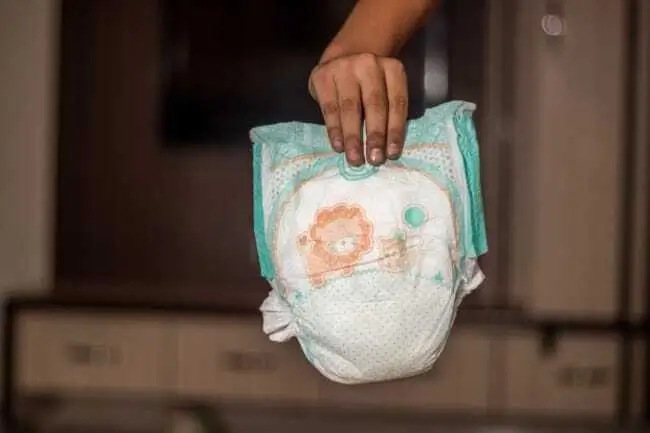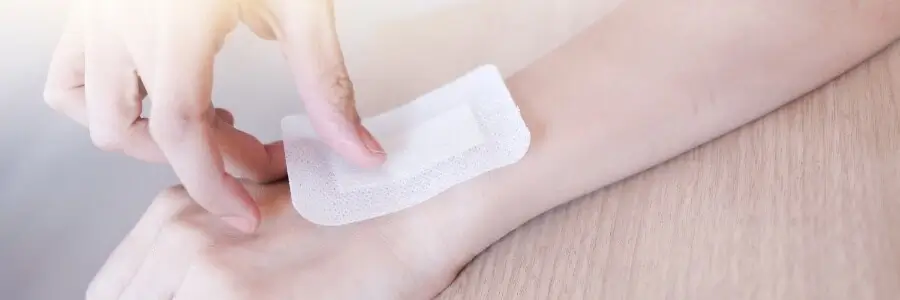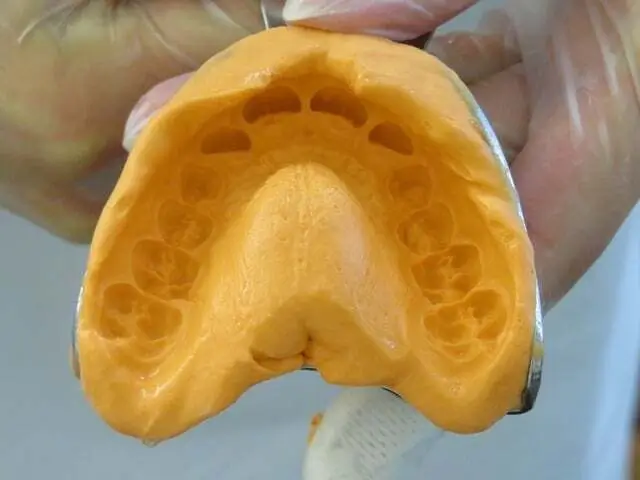All about dental wax in its versatility
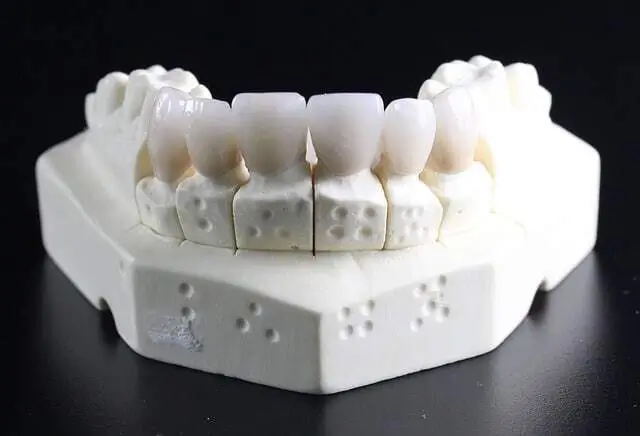
The many uses of dental wax
Dental wax makes an important material in dentistry as it provides benefits to making for example crowns, bridges, prostheses and dentures. The waxes are usually made of a combination of natural and synthetic wax and resins to guarantee the end product beneficial properties. Dental wax is mainly used in three situations:
- Making molds that give the shape to to the final crowns and bridges;
- Determining the required shape of crowns, dentures and prostheses;.
- Making models that can be fitted and easily altered when needed.
The 3 types - Dental pattern, processing and impression wax
Dental wax is generally a thermoplastic system which appears in a solid form in room temperature. When the temperature rises, the wax takes a liquid phase. Waxes do not have an exact melting point, but they rather have a melting range.
Even though the waxes behave in a similar way in different temperatures, there are numerous different products for the different purposes and situations we described in the beginning. The table below shows the three types dental wax can be divided into as well as more specific products that fall under each group of waxes.
| Type of dental wax | Products |
| Pattern wax | Inlay wax Modeling wax Milling wax Base plates Wax rim |
| Processing wax | Sticky wax Utility wax Boxing and beading wax Block-out wax |
| Impression wax | Corrective wax Bite registration wax |
1. Pattern wax
Pattern wax is the one that is used for making patterns and ensuring that they are the right ones for the patient. The use of dental pattern wax is close to the one of impression wax, however, here the single point is to capture and create the pattern for dental reconstruction. The products include inlay wax, milling wax, base plates and modeling wax.
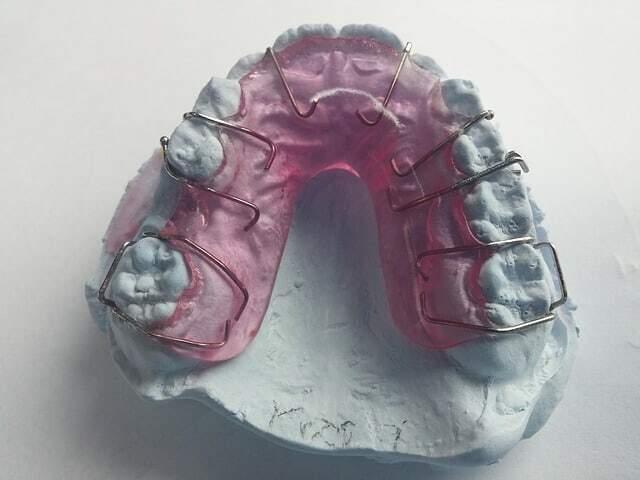
- Inlay wax: used for fabrication of occlusal surfaces of dentures, crowns and bridges. The latter are first made in inlay wax and later converted into metal and ceramic casting.
- Milling wax: is used for milling and carving. These also exist as CAD/CAM milling waxes that support the computer aided processes.
- Base plates: traditionally pink or read dental wax sheets which are used for preparing patterns for prostheses. These are also used in making metal dentures, only then the color is usually green allowing the possible markings in the metal to remain visible.
- Modeling wax: dental modeling wax, also known as casting wax, is made for creating models of prostheses and bridges that can be fitted into the patient’s mouth and easily altered where needed. For CAD/CAM processes the wax is sometimes replaced by PMMA, a glass-like transparent plastic.
Need more information? If you would like to know more of any dental waxes or alternative products, please contact us. Our experts are determined to find the best possible solution for your needs.
2. Processing wax
Processing wax in dentistry refers to products used in making castings or during soldering. There are several types of processing waxes including boxing, sticky and utility waxes.
- Sticky wax: extremely sticky when melted and it adheres well to metals and ceramic materials. Sticky wax is used for aligning fractured parts of dentures, aligning fixed partial dentures prior to soldering and holding two fractured pieces together until they can be repaired.
- Boxing wax: a soft, pliable wax used for forming a wax box around an impression before it is poured with gypsum. Boxing wax comes in wax stripes which form a box with high enough edges to keep the liquid gypsum in place.
- Block-out wax: a special wax for blocking out cavities and rough surfaces in cast metal denture preparation.
3. Impression wax
The dental impression wax is used for determining the required shape of crowns, dentures and prostheses in order to guarantee a perfectly fitting product that causes no discomfort to the patient. Wax can be used in two cases: when a new product is made and when an existing one must be altered for whatever reason. The waxes used are bite registration and corrective waxes.
- Corrective wax: used to restore the selected area in edentulous patients mouths and reproduce the detail of mucous membrane.
- Bite registration wax: used to record the relationship of the upper and lower teeth of patients. Dental wax sheets and sticks are the most common means of doing so.
Note that impressions can also be made using silicone based dental putty.
Find the dental wax best for your process and the patient
Dental wax is a versatile product and picking the right one is not always a one-off decision. That is why our experts are here to help you! Click on the contact button below and share your needs with us to guarantee the best possible solution.
What solution are you looking for?
We are specialized in the medical and care. Need the best products or advice? Then please leave your details and we will get in touch.



